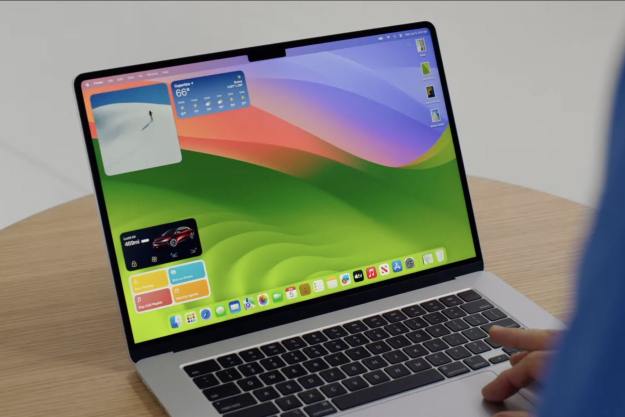
Released alongside the iOS update to version 11.1, the High Sierra patch brings MacOS to version 10.13.1. Considering its impact on the security of the operating system, Apple recommends it for all users. If you haven’t downloaded High Sierra yet, get that first and then head to the “Updates” tab in the App Store to get access to the latest update.
Included in this update is a fix for Bluetooth which would occasionally show up as unavailable during Apple Pay transactions, a cleared-up issue with Spotlight not accepting keyboard inputs, and an improved reliability of Microsoft Exchange message syncing in Mail.
The addition of 70 new emojis is a pretty sizeable feature update with this release. It includes the addition of new food types, animals, mythical creatures, clothing choices, more expressive smiley faces, and more. MacWorld reports that you’ll need the iOS 11.1 update to take full advantage of them.
In terms of security, this update addresses an existing flaw that could allow a Wi-Fi bug to be exploited using the KRACK (Key Reinstallation Attack) method. Other security improvements include shoring up the Dictionary widget so it cannot compromise the user’s information and a fix for a flaw that made it possible for malicious Thunderbolt adaptors to steal unencrypted filesystem information.
The High Sierra 10.13.1 update also adds a few improvements for enterprise users. The “reliability” of SMB printing has now been improved, and Touch ID preferences are now accessible while logged in as a mobile user on a MacBook Pro with Touch Bar. The final improvement in this update is added support for unlocking a FileVault-encrypted APFS volume using a recovery keychain file, should you otherwise lose access.
Once you’ve downloaded the patch and you’re all up to date, don’t forget to check out our guide on the best MacOS apps.
Editors' Recommendations
- Don’t download the latest macOS Ventura update just yet
- These are the 10 settings I always change on a new Mac
- All the best macOS Sonoma tips and tricks you need to know
- Apple fixed one of my biggest macOS gripes with Sonoma — but I still want more
- This dangerous new Mac malware steals your credit card info




